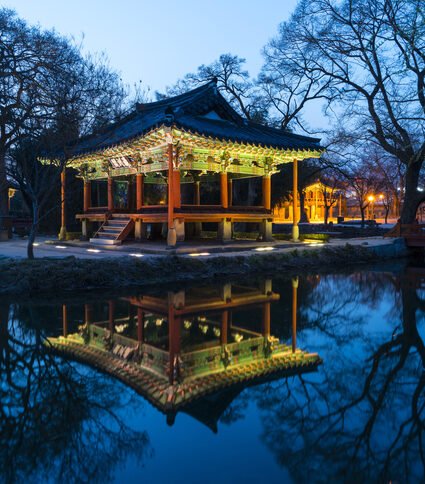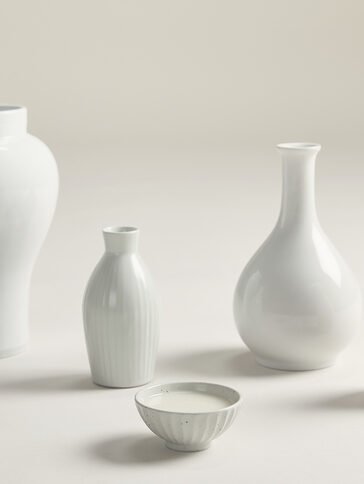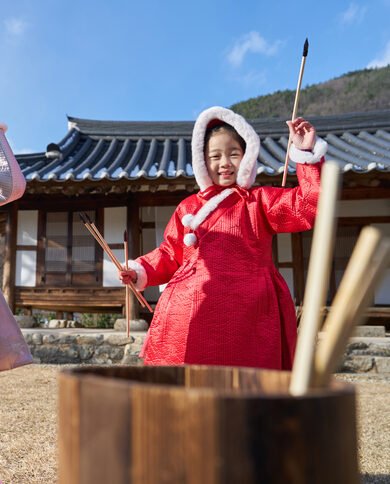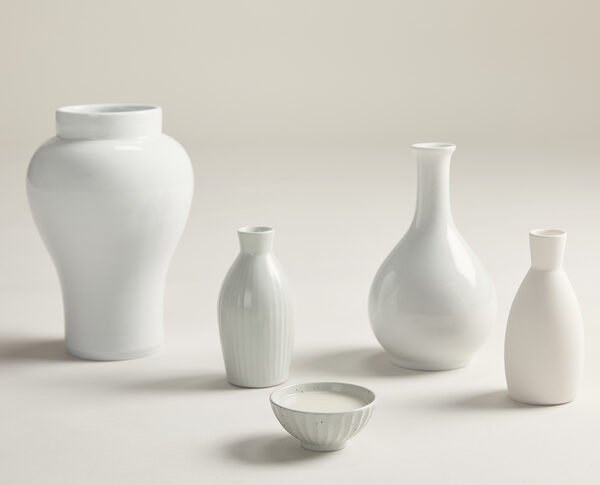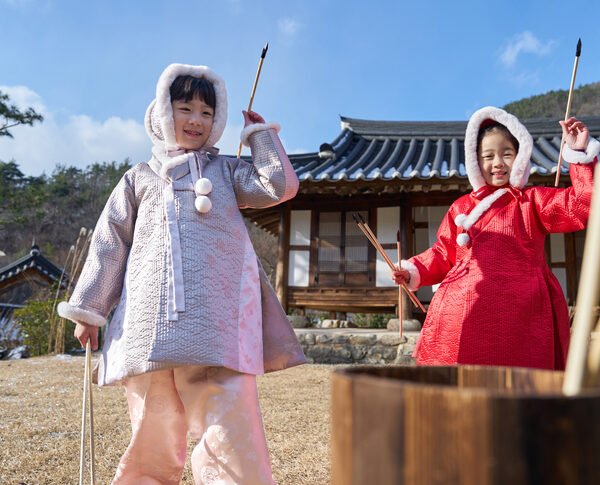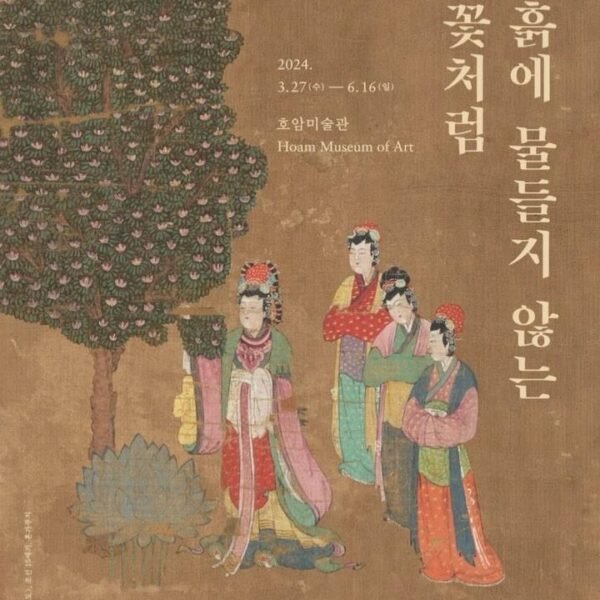Korea, a country known for its rich cultural heritage, boasts a unique architectural gem – the Hanok. Rooted in tradition, a Hanok is more than just a structure; it is a reflection of Korea’s deep history and cultural identity. In this article, we will embark on a journey to explore the intricacies of Hanok architecture, from its humble beginnings to its modern adaptations.

Introduction to Hanok: A Glimpse into Korea’s Architectural Heritage
At the heart of Korean architecture lies the Hanok, a traditional house that stands as a testament to the country’s enduring cultural legacy. These homes, with their distinctive design and connection to nature, offer a glimpse into the traditional way of life in Korea.
History and Evolution: Tracing the Roots of Hanok
The origins of Hanok can be traced back centuries, evolving with Korea’s changing social and cultural landscapes. Understanding the historical context provides a deeper appreciation for the architectural marvels that grace the Korean peninsula.
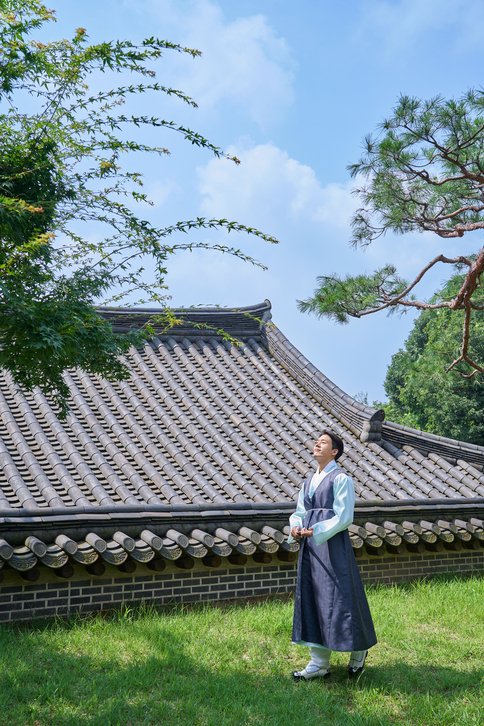
Architectural Features: The Beauty Lies in the Details
Hanoks are characterized by their unique architectural features, including curved roofs, wooden beams, and intricate wooden latticework. The use of natural materials not only adds to the aesthetic appeal but also underscores the harmony between the structure and its surroundings.
Different Types of Hanoks: From Countryside Retreats to Urban Havens
Hanoks vary in style, with distinctions between urban and rural designs. Regional variations also contribute to the diversity of Hanok architecture, showcasing the adaptability of this traditional housing style.
기와 (Giwa)
Giwa refers to the roof tiles used in traditional Korean architecture. These tiles are typically made of baked clay and are arranged in an overlapping pattern to form the roof. The design and arrangement of giwa play a crucial role in defining the aesthetic of the Hanok. The curved and layered structure of giwa not only provides effective water drainage but also contributes to the overall elegance and harmony of the Hanok’s roof.
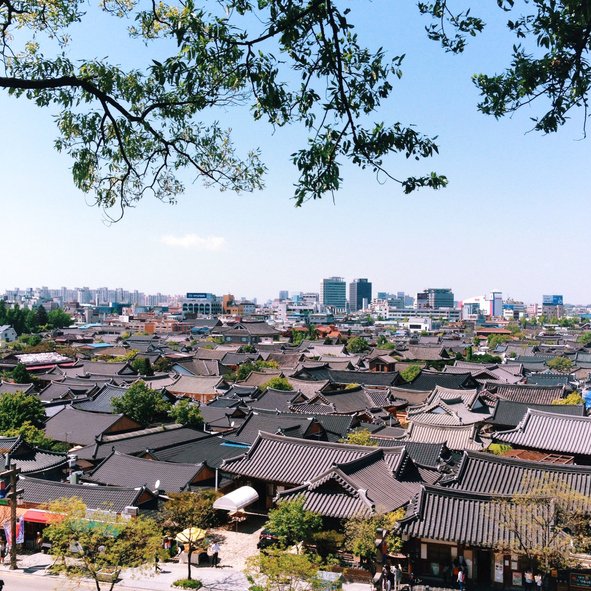
단청무늬 (Dancheong)
기와 (Giwa) refers to the roof tiles, while 단청무늬 (Dancheong) is the decorative coloring technique applied to wooden elements in traditional Korean architecture, particularly seen in Hanok, contributing to their unique and beautiful appearance. Dancheong is a traditional Korean decorative coloring technique applied to wooden structures, including the pillars, doors, and windows of Hanok. It involves the use of vibrant and contrasting colors, often in intricate patterns and designs. Dancheong serves both aesthetic and practical purposes. It not only enhances the visual appeal of the Hanok but also helps protect the wooden surfaces from the elements. The patterns used in dancheong are often symbolic and can include various motifs such as flowers, birds, and other nature-inspired elements.

Modern Adaptations: Blending Tradition with Modern Comforts
In the 21st century, Hanok architecture has witnessed a revival with modern adaptations that seamlessly integrate traditional elements with contemporary comforts. This section explores how architects are preserving the essence of Hanok while catering to modern lifestyles.
Staying in a Hanok: A Unique Experience for Tourists
For those seeking an immersive cultural experience, staying in a Hanok provides a glimpse into traditional Korean life. Discover the charm of Hanok stays and how they contribute to promoting Korean heritage among tourists.
Hanok Preservation Efforts: Balancing Tradition and Progress
Preserving Hanoks poses challenges in the face of rapid urbanization and changing societal needs. Explore the initiatives aimed at conserving these architectural treasures and ensuring their cultural significance endures.
Cultural Significance: Hanok in Korean Rituals and Arts
Beyond its physical structure, a Hanok holds deep cultural significance, playing a role in various Korean rituals and ceremonies. Delve into the symbolic importance of Hanok in literature, arts, and traditional customs.
Hanok and Sustainability: Eco-friendly Living
The sustainable aspects of Hanok architecture make it an eco-friendly choice. Learn about the environmental harmony embedded in Hanok design and its relevance in today’s discussions on sustainable living.
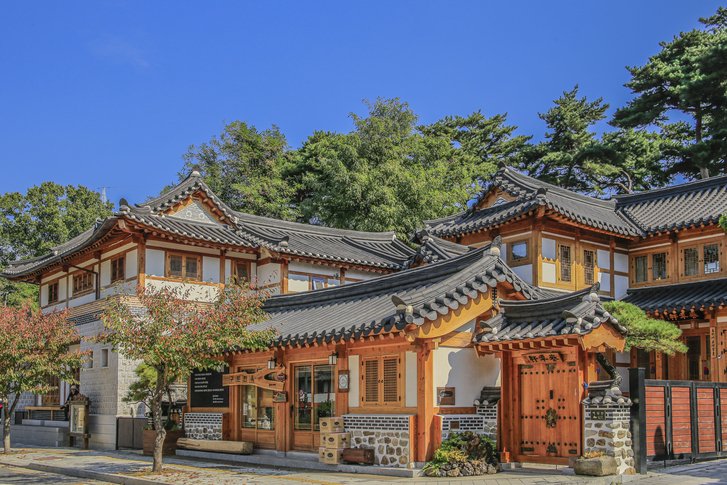
Challenges Faced by Hanok Owners: Navigating Maintenance and Tradition
Owning a Hanok comes with its set of challenges, balancing the need for maintenance with the preservation of tradition. This section sheds light on the hurdles faced by Hanok owners in the modern era.
Hanok Architecture Around the World: A Global Fascination
The allure of Hanok design extends beyond Korea’s borders, with global interest in adopting and adapting this traditional style. Explore instances of Hanok-inspired architecture around the world.
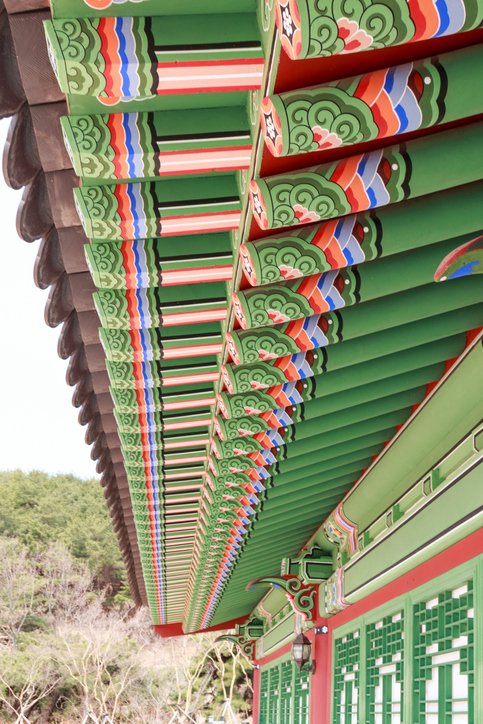
Tips for Designing a Hanok-inspired Space: Fusion of Tradition and Modernity
For those inspired by Hanok architecture, this section provides practical tips on incorporating traditional elements into modern homes, achieving a harmonious fusion of tradition and modernity.
Famous Hanoks in Korea: Exploring Architectural Marvels
Highlighting some of the most renowned Hanoks in Korea, this section offers insights into their historical and architectural significance, contributing to the preservation of Hanok culture.
Hanok Festivals and Events: Celebrating Tradition
Discover the vibrant celebrations that revolve around Hanok culture, from annual festivals to events that showcase the beauty and significance of these traditional homes.
Conclusion: Embracing the Legacy of Hanok
As we conclude our journey into the world of Hanok architecture, it is evident that these traditional homes are not merely structures but living embodiments of Korea’s cultural legacy. Embracing the legacy of Hanok ensures that future generations can continue to appreciate and celebrate this unique aspect of Korean heritage.
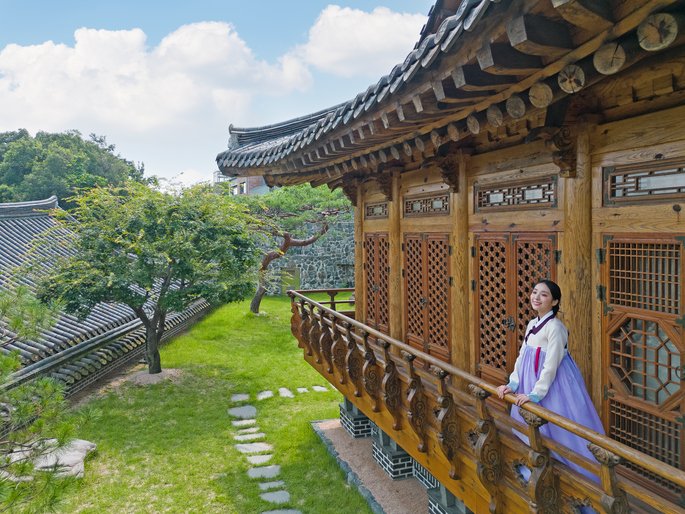
FAQs (Frequently Asked Questions)
- What makes Hanok architecture unique?
- Hanok architecture is unique for its distinctive design, use of natural materials, and harmony with nature, reflecting Korea’s cultural identity.
- Can tourists stay in traditional Hanoks?
- Yes, many traditional Hanoks offer stays for tourists, providing an authentic experience of Korean culture and lifestyle.
- How are modern amenities incorporated into traditional Hanok designs?
- Modern adaptations of Hanok architecture seamlessly blend traditional elements with contemporary comforts, catering to the needs of modern living.
- Are there challenges in preserving Hanoks in urban settings?
- Yes, preserving Hanoks in urban areas faces challenges due to rapid urbanization, but there are ongoing initiatives to conserve these cultural treasures.
- What is the global interest in Hanok architecture?
- Hanok architecture has gained global fascination, with instances of Hanok-inspired designs found in various countries.

